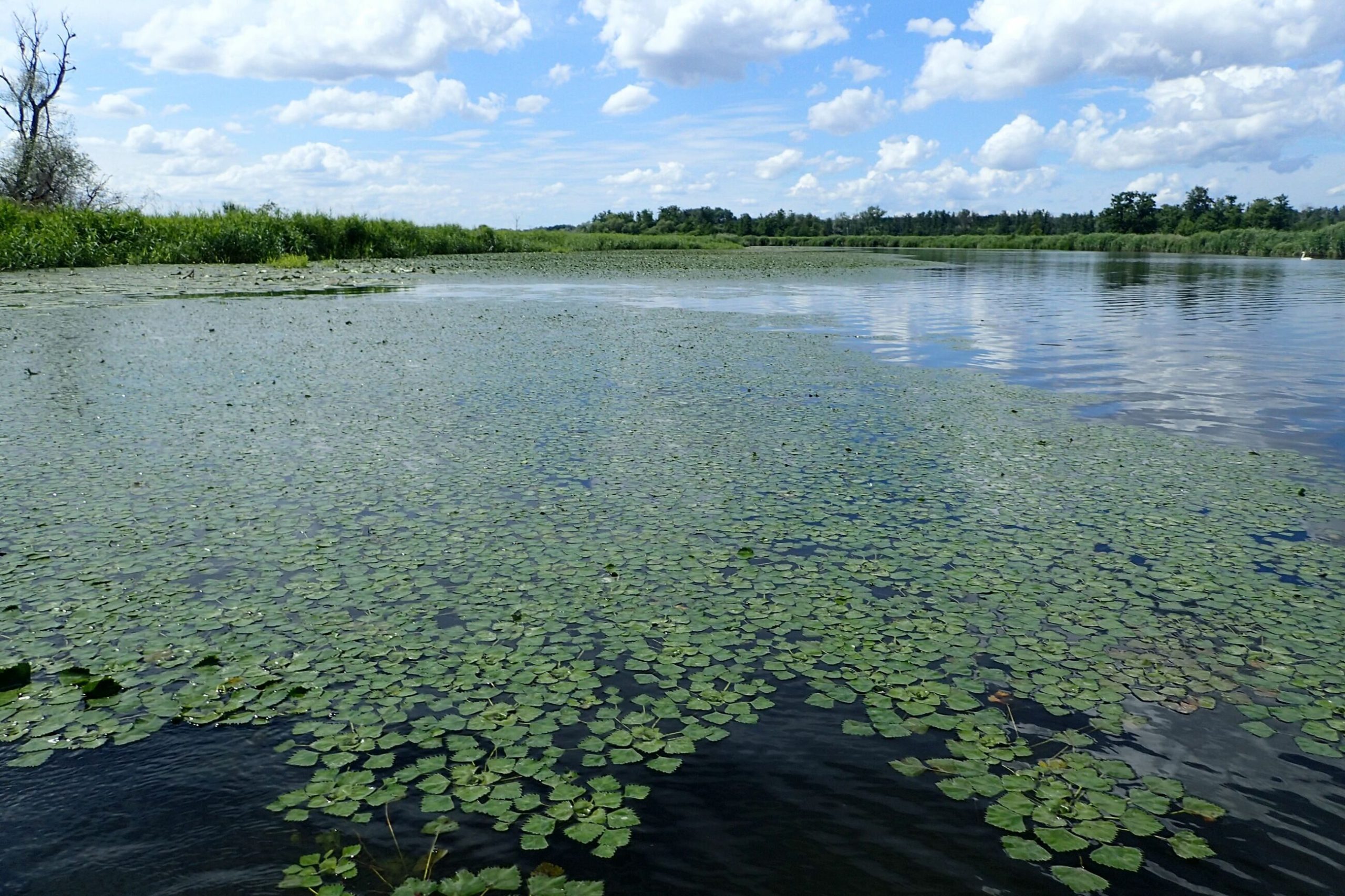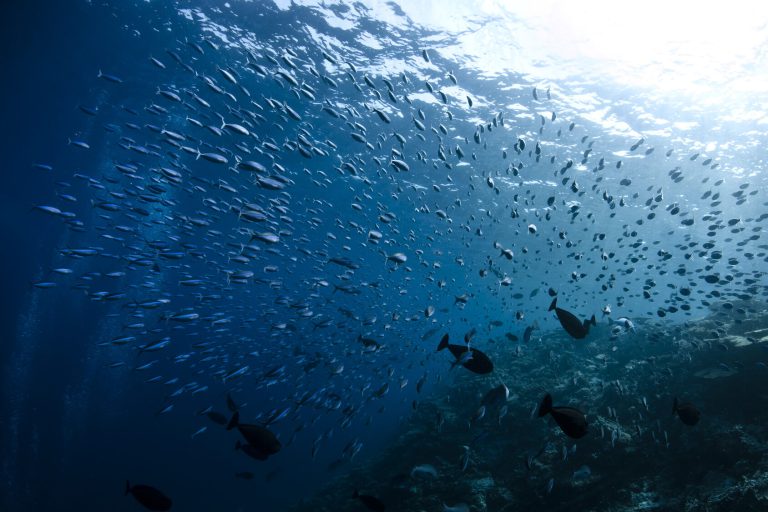The water caltrop returns to Poland. “It’s a culinary delicacy and a trap in one”

The water caltrop (Trapa natans), until recently considered an endangered plant, is being observed in more and more places throughout the country. Kotewka is a culinary delicacy and a trap in one – explain scientists from the University of Life Sciences in Poznań.
The water caltrop is a visually attractive annual plant with floating leaves. It roots at the bottom, preferring eutrophic sites in still and slowly flowing waters that are well exposed to sunlight. It also occurs in oxbow lakes and ponds where the bottom consists of bottom sediments rich in organic matter. From the Middle Ages to the 18th century, it was cultivated in Europe, and in China and India – to this day. Caltrop nut is tasty and has high nutritional value.
Caltrop – a trap for… cavalry
As explained by Dr. Eng. Szymon Jusik, Ph.D. engineer Ryszard Staniszewski and Łukasz Bryl from the Department of Ecology and Environmental Protection of the Poznań University of Life Sciences, apart from their culinary properties, caltrop fruits had another interesting application. Namely, their shape resembles spiked, four-armed grappling hooks (Latin: trapa), which in the Middle Ages were used as a trap for attacking cavalry and to protect the farmyard against theft (they were scattered under windows in villages).
– Despite the fact that during the 20th century the caltrop was an extinct species on a national scale, under favorable conditions it becomes an extremely expansive plant. Therefore, from just a few seeds, within a few growing seasons, so many rosettes can develop that they will cover almost the entire water reservoir with a compact surface – add the scientists. They observe that after 2010, more and more of the water caltrop grows in previously occupied positions, and it also appears in places where the species did not occur before, e.g. in the lower Oder valley near Szczecin.
Where is the water nut caltrop found?
In the past, this species was common in Poland, mainly in the upper and middle Oder and Vistula basins. Currently, it reaches the northern limit of its range and is rarely seen, occupying less than 150 sites. The catewka is subject to legal protection and is included in the Polish Red Book of Plants (CR category – critically endangered) and is covered by the monitoring of natural habitats by the Chief Inspectorate of Environmental Protection.
According to scientists, climate warming may result in the northern expansion of the range of thermophilic species, which include the caltrop, especially through migration corridors such as river valleys. Flood surges that spread the seeds are of great importance.
A similar expansion is also observed in the case of many other species of thermophilic plants (e.g. floating salvinia, Salvinia natans) and animals (e.g. common mantis, Mantis religiosa). Therefore, researchers from the Poznań University of Life Sciences believe that the catfish has a chance to return to our waters.
The Department of Ecology and Environmental Protection of the Poznań University of Life Sciences, in cooperation with the Department of Commodity Science of the Poznań University of Economics, examined the habitat requirements of the caltrop and the chemical composition of nuts in terms of their culinary use. Currently, an inventory of the conservation status and stability of selected water caltrop populations is being carried out, including: in the Opole Voivodeship.






